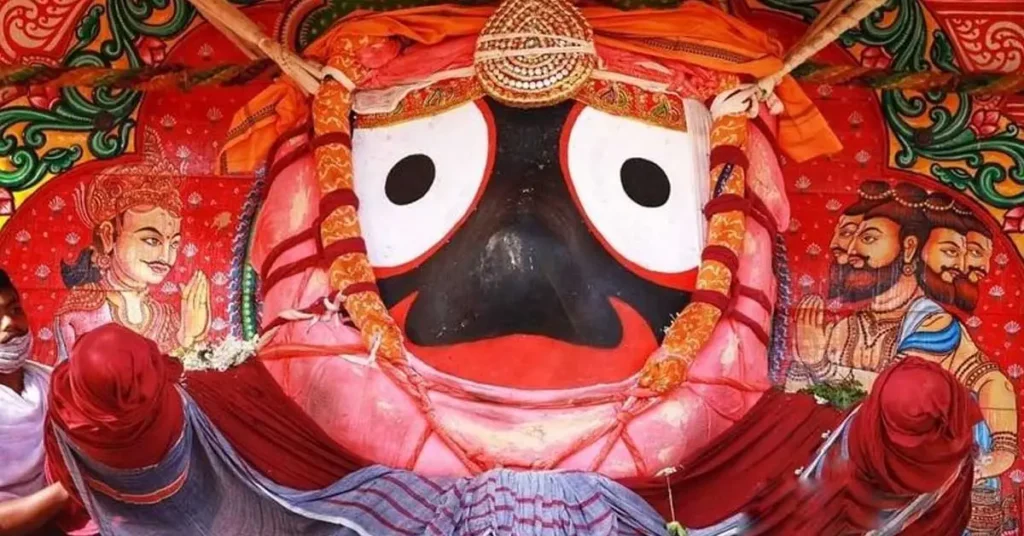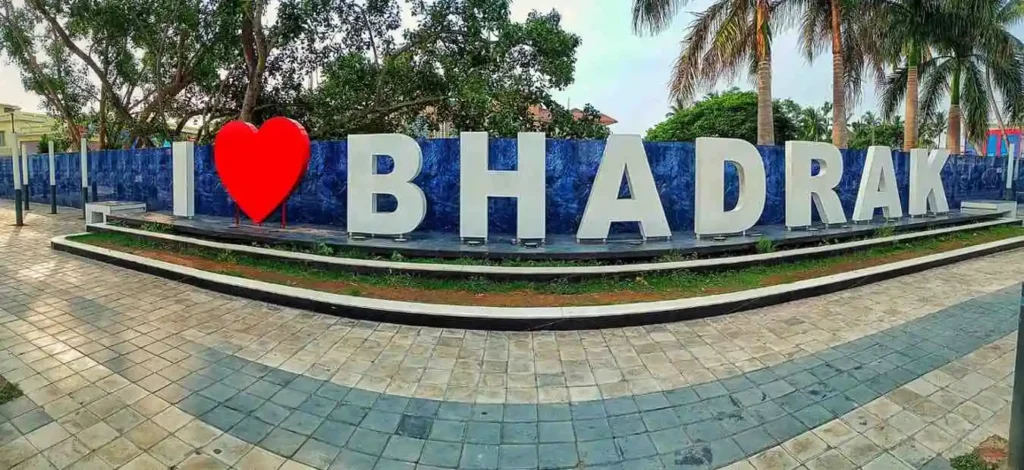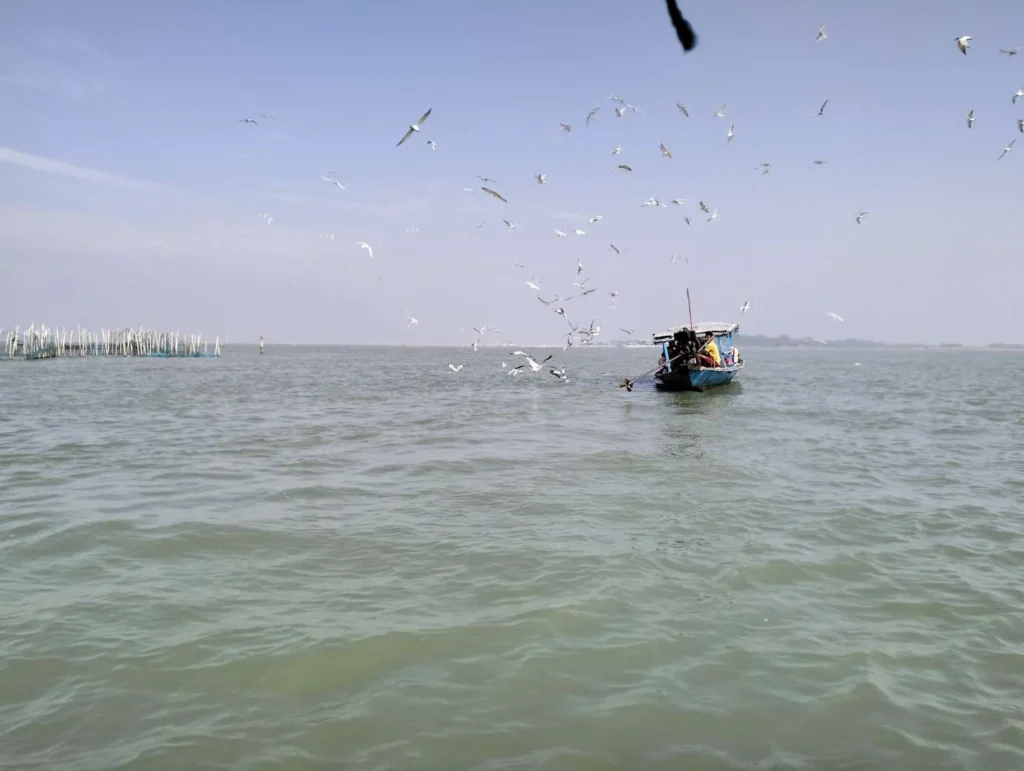
In this blog, therefore, let’s walk together through the spiritual and symbolic essence of Prabhu Jagannath, discover the wonders of Nilachal Dham, and explore how He became the face of inclusivity, simplicity, and sacred mystery.
Puri - The Prime Dham of India
To begin with, Adi Shankaracharya established the four sacred pilgrimage sites, or Chaturdham, among which Puri in the East is regarded as the most sacred. Interestingly, it is known as Nilachal Dham or Mukti Dham. More than just a temple town, Puri stands as the spiritual heart of India. Indeed, it embodies the liberation of the soul and reflects the purity of unity across all walks of life.
Did You Know? An ancient Sanskrit verse likens India to a lotus. Remarkably, it describes Puri as the stalk of that lotus—signifying Puri’s role as the central lifeline of Indian spirituality.Daru Devata - The God Made of Wood
One of the most fascinating aspects of Prabhu Jagannath is that His idol is not made from stone or metal like most Hindu gods, but from Neem wood, known as Maha Daru. Hence, He is lovingly referred to as Daru Devata.
As the divine story unfolds further…
Every 12–19 years (when two Ashadha months occur), a sacred and rare ritual called Nabakalebara takes place, during which Prabhu Jagannath sheds His old wooden body and takes on a new one. No other deity in the world is believed to undergo such a transformation—a profound metaphor for death, rebirth, and the eternal cycle of life.The Incomplete God Who Completes Us
To begin with, Prabhu Jagannath is visually unique. He has no legs, arms, or ears—only large, all-seeing round eyes, symbolizing His eternal watch over all humanity.
Moreover, despite the unconventional form, He is known to be the most compassionate God—the Jagatguru—and the final destination for all who seek Moksha (liberation). While His form might appear incomplete to the eye, spiritually, He embodies wholeness itself.Prabhu Jagannath: The Family God
In Puri, Prabhu Jagannath is worshipped not with a consort, but with:
- Balabhadra (His elder brother)
- Subhadra (His younger sister)
- Sudarshan (His weapon)
What makes this even more spiritually significant is that this unique family structure reflects universal brotherhood and harmony, unlike the consort-based depictions of deities like Ram–Sita or Radha–Krishna.
In fact, this profound symbolism deeply inspired Swami Vivekananda, who introduced the concept of universal brotherhood at the Chicago World Religion Conference—drawing from the essence of Jagannath culture.Rath Yatra – The Festival of the Masses
- Nandighosa (for Prabhu Jagannath)
- Taladhwaj (for Balabhadra)
- Darpadalan (for Subhadra)
Do You Know?
A Deity Beyond Religion
Why Every Indian Should Know Prabhu Jagannath
- Be humble—like the King who sweeps His divine chariot.
- Be inclusive—like the God who steps out of the sanctum so that everyone may see Him.
- Embrace simplicity and love—like the wooden deity carved from the sacred Neem tree.
- Celebrate unity—like the divine family that transcends gender and societal norms.
People Also Ask: Answered!
1. Who is Prabhu Jagannath in Hinduism?
2. Why is Prabhu Jagannath different from other gods?
3. What is the significance of the Rath Yatra?
4. What does Jagannath mean?
5. Why does Prabhu Jagannath not have hands or feet?
Conclusion: Experience the Grace of Prabhu Jagannath
Prabhu Jagannath is not just a god of temples—He is truly the god of the people. From ancient tribal roots to sacred Vedic lore, from mighty kings to humble commoners, everyone finds a space at His divine feet.
So, if you ever find yourself in Puri, do not miss the sacred opportunity to witness His presence in person. And even if you aren’t there physically, His message remains ever clear—Love humanity, embrace unity, and seek the divine in simplicity.Want to explore more about Prabhu Jagannath and the Rath Yatra?
Follow our blog for spiritual insights and share your reflections with the community. Let the divine journey begin.


